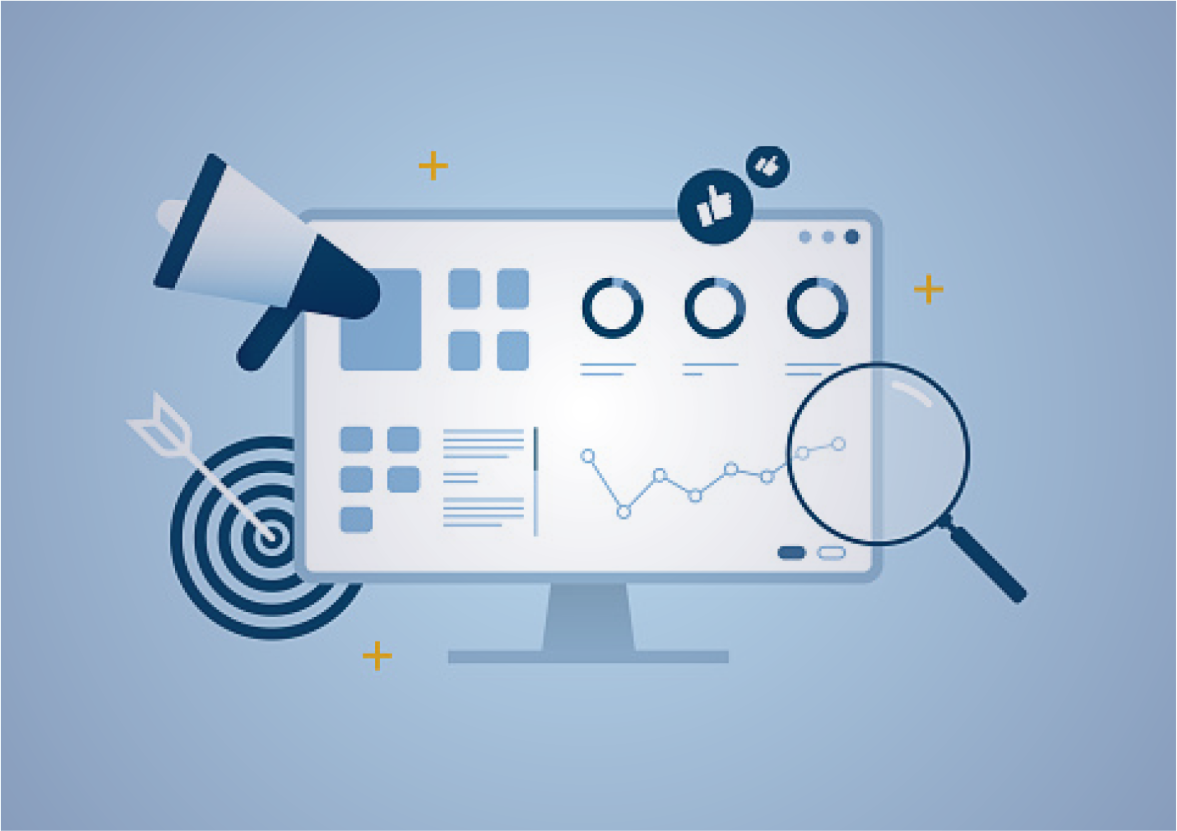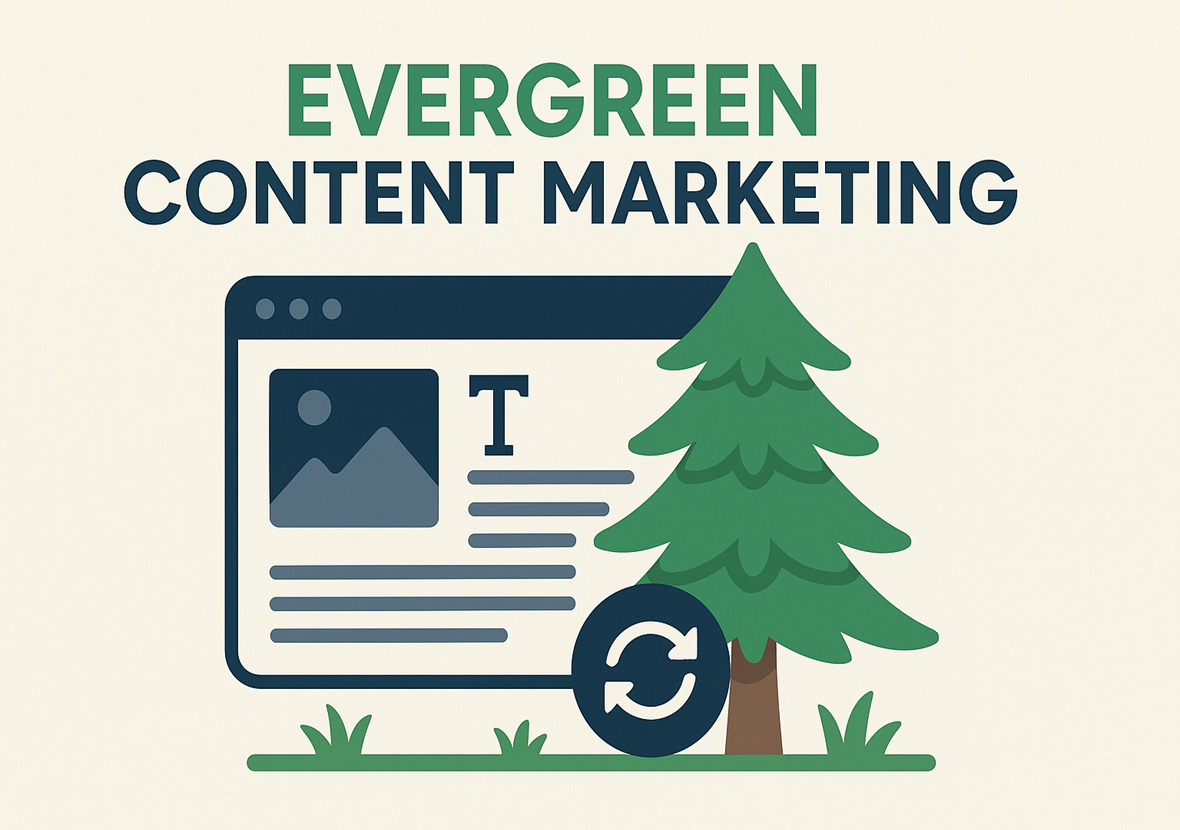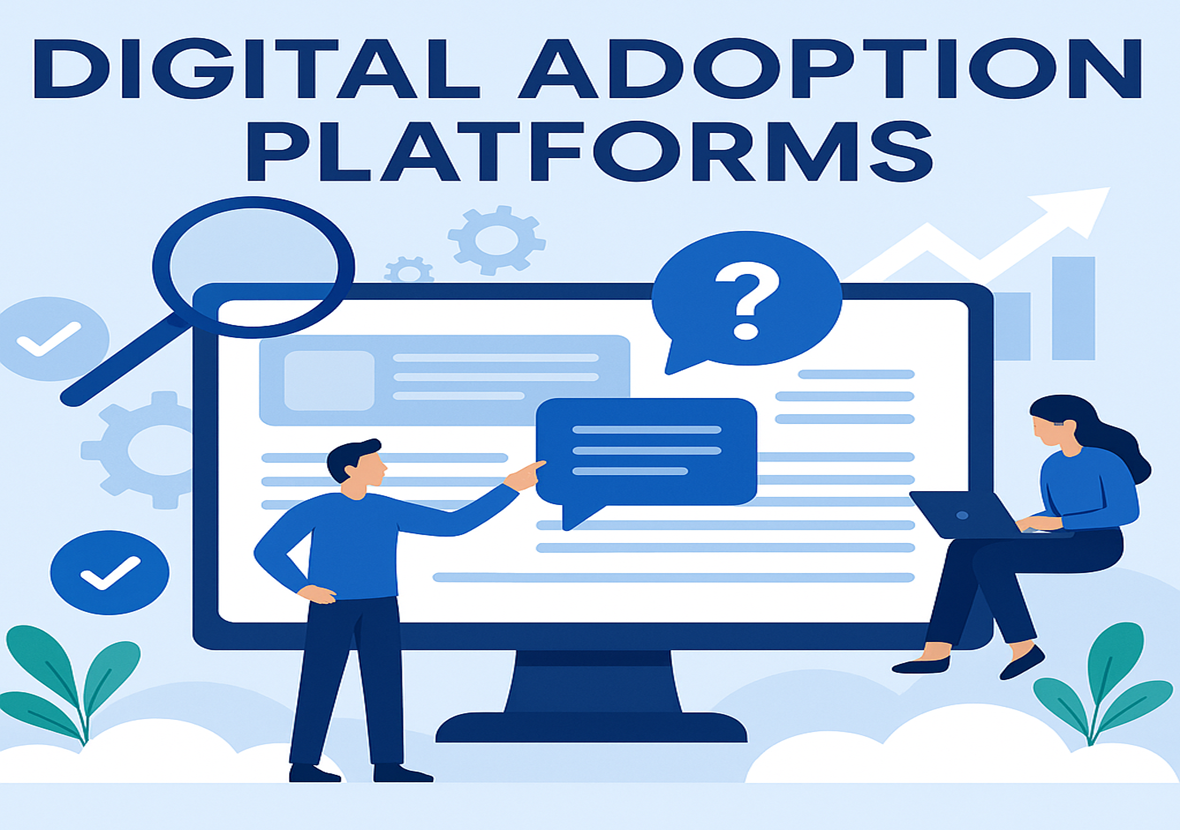Retargeting Strategies That Bring Back Window Shoppers
Many website visitors browse, engage, and even add items to their cart—only to leave without completing a purchase. This phenomenon affects businesses across industries, with studies indicating that up to 98% of visitors exit without converting on their first visit. Without strategic intervention, significant revenue potential is lost.
Retargeting strategies offer businesses a valuable opportunity to reconnect with these prospective customers, reinforcing brand presence and encouraging conversions. Whether operating an eCommerce store, a SaaS platform, or a local service, retargeting enables brands to re-engage hesitant buyers and guide them back toward a purchase. As digital competition intensifies in 2025, implementing effective remarketing techniques is no longer optional—it is a necessity.
This discussion will examine the core principles of successful retargeting, analyze different platforms and formats, and explore real-world strategies that brands use to convert passive browsers into paying customers. By the end, you will have a comprehensive toolkit of actionable techniques to enhance remarketing efforts and maximize return on investment.
Why Window Shoppers Leave—and How Retargeting Can Help
Before you launch your first retargeting campaign, it’s crucial to understand why people bounce. The reasons are often innocent: they’re comparing prices, waiting for payday, or simply not ready to buy. But here’s the catch—they’re interested. They’ve already shown intent by visiting your site, which makes them ideal candidates for retargeting.
Effective retargeting strategies work by reconnecting with these visitors through personalized ads. These ads serve as gentle nudges or reminders based on the shopper’s past behavior. Maybe they viewed a product page, clicked on a blog post, or abandoned a cart—each of these actions can inform a tailored message that speaks directly to their interest.
For instance, if a user browsed hiking boots on your site but didn’t check out, a well-timed ad on Instagram or Google Display Network showcasing that exact pair—perhaps with a limited-time discount—can reignite their interest. Retargeting thrives on context, relevance, and repetition.
It’s not about being pushy. It’s about being present.
Facebook and Instagram Retargeting: Social Proof in Action
Meta’s advertising platform remains one of the most powerful tools for retargeting in 2025. With billions of active users and granular targeting options, Facebook and Instagram make it easy to re-engage window shoppers where they’re already spending time.
Let’s say someone visited your product page but didn’t convert. You can create a custom audience in Meta Ads Manager based on that specific behavior. Then, serve them a dynamic carousel ad featuring products they viewed, customer testimonials, or even a short video demonstration.
Social proof is a major driver here. Retargeting ads that include user reviews, influencer shoutouts, or “as seen on” features create a sense of trust and urgency. Pair that with an enticing offer—free shipping, limited-time deal, or bonus item—and you’ve got a recipe for conversion.
Additionally, Meta allows you to retarget users based on engagement, not just site visits. That means anyone who watched a video, commented on a post, or clicked on an ad is fair game for retargeting, making your funnel even more powerful.
Google Display and YouTube Ads: Covering More Ground
While social media is a great place to reconnect with users, the Google Display Network (GDN) and YouTube retargeting offer a broader canvas. GDN spans millions of websites and apps, giving you the ability to serve banner ads almost anywhere your audience might go online.
If someone visits your pricing page or product catalog, you can follow up with a compelling visual ad while they read the news or check their email. YouTube, on the other hand, allows for video retargeting—perfect for brands that want to educate or build deeper connections through content.
Consider running a short explainer video or testimonial ad before a relevant video on YouTube. Someone who just left your site might be more receptive to a well-crafted video ad that addresses their pain point or objection.
Google also allows segmentation by audience behavior, so you can create specific messages for cart abandoners, blog readers, or those who spent a certain amount of time on your site. The key to success here is creativity paired with relevance.
Email Retargeting
While many marketers think of email only as a nurture or newsletter tool, it’s also a highly effective retargeting channel—especially when combined with on-site behavior tracking.
Using platforms like Klaviyo, Mailchimp, or HubSpot, you can automate targeted emails to users who’ve shown interest but haven’t yet converted. Maybe someone started a checkout process but didn’t finish. Within an hour, they can receive an email reminding them of their cart contents, sweetened with a discount code or urgency-driven message like “Only 3 left in stock!”
You can also segment your audience by interest and behavior. For example, if someone read three blog posts about digital marketing tools, send them a curated list of your top products in that category, along with customer reviews and a limited-time offer.
Email has a unique edge because it reaches users directly and personally. It also tends to convert better when paired with other retargeting efforts like display or social ads. Together, they create a consistent presence that nudges people closer to action.
Smart Retargeting Through Audience Segmentation
Not all window shoppers are the same. Some are price-conscious, others are just browsing for inspiration, and some are ready to buy but need one final nudge. That’s why audience segmentation is crucial in any retargeting strategy.
Rather than serving the same ad to everyone, you can segment users by:
-
Pages visited (e.g., product vs. blog)
-
Time spent on site
-
Cart abandonment
-
Repeat visits
-
Geographic location
-
Device type
With this information, you can craft ads that speak more directly to each user’s mindset. For example, show a detailed feature comparison ad to someone who viewed your pricing page, but a lifestyle image or brand story to someone who landed on your homepage.
Segmenting by stage in the customer journey also lets you adjust messaging tone. Early-funnel users may respond to educational content, while mid-funnel users may want reviews or guarantees. Bottom-funnel users? Hit them with urgency, FOMO, or loyalty perks.
Platforms like Google Ads, Facebook, and even TikTok Ads Manager now allow these segments to be built and updated automatically using pixels or tags, saving you time while improving precision.
Creative and Copy
Even with advanced targeting, a retargeting campaign will fall flat if your ad creative doesn’t capture attention. This is where compelling copywriting and visual storytelling become essential.
Start by addressing the viewer’s problem or emotion. What kept them from converting the first time? Was it price, confusion, trust, or timing? Reflect that in your headline or imagery. For example, “Still thinking about those sneakers? Here’s 10% off—just for you.”
Use high-quality visuals that align with your brand and appeal to your audience. If possible, use dynamic product ads that automatically pull in images and prices of items the user viewed. This not only personalizes the ad but also keeps the message timely and relevant.
A/B testing your creatives is critical. Run variations with different calls-to-action (CTAs), colors, formats, and copy to see what resonates. Over time, these small optimizations can lead to major improvements in click-through and conversion rates.
https://usfonts.link/tiktok-marketing-strategies/
Conclusion
Window shoppers represent untapped potential—they are not missed opportunities, but future conversions waiting to be nurtured. By leveraging effective retargeting strategies, businesses can re-engage these visitors, build credibility, and guide them toward completing their purchase.
Across platforms like Facebook, Google, email, and YouTube, tailored retargeting tools enable brands to reconnect with users in personalized and strategic ways. The key to success lies in analyzing audience behavior, segmenting campaigns intelligently, and delivering content that feels relevant rather than intrusive.
In an increasingly competitive digital marketplace, brands that execute retargeting effectively will maintain visibility, strengthen customer relationships, and ultimately secure long-term success. Whether managing an e-commerce store or a B2B service, refining retargeting efforts is essential to staying ahead.














